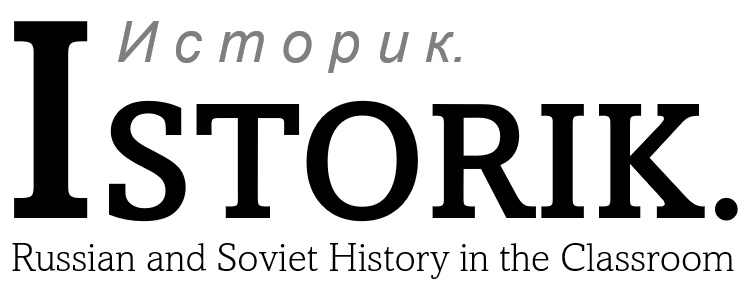Revolutions are by nature popular events – typically marked by mass uprisings, protests, movements, etc. – yet portraying the “ordinary people” behind them is a complicated business. Firstly, there is the sheer scale of diversity: historians of the 1917 revolution have sought to complicate broad encompassing categories such as “worker”, “peasant”, and “soldier”, even if these may dominate textbook accounts. Secondly, there is the fact taking part in a revolution isn’t really very “ordinary” at all (something argued by historian Yanni Kotsonis in 2011)!
The issue
[of ‘ordinary people’] becomes ticklish as soon as one thinks about it – and
one should – because ‘ordinary’ is neither historical nor precise.
Saddled with the concept of ordinary, we risk losing sight of the category’s
usefulness: to show that the people we term ordinary are in fact
extraordinary when viewed through the right lens and with creative imagination
on the part of the historian.
This post provides an explanation and outline of my approach to teaching the question of the Russian people and their actions and aspirations in 1917.
All lesson resources can be found on the Google Drive folder
here.
In
Context
The February Revolution of 1917, which overthrew Tsar
Nicholas II, saw the mobilisation of people we might consider “ordinary” in
Russian society, including workers, peasants, and soldiers. These groups are
often portrayed as coalescing around popular political organisations, including
the Petrograd Soviet and local soviets around Russia. But their apparent
cohesion was illusory: within these broad categories of people were any number
of smaller groupings, from peasant farmers to landless labourers, skilled workers
to the unemployed, Russian officers and rank-and-file soldiers to non-Russian
military units and prisoners of war.
A hint of the true diversity of Russia’s people in 1917 was seen in the protests that led to the February Revolution itself, which were started off by women in the capital city Petrograd, before spreading to workers, soldiers, and out into the country’s provinces.
This picture might suggest that, whatever their differences,
“ordinary people” in fact were united in many important ways. And sometimes
they were.
Very often, though, the aspirations of these groups clashed,
as they sought to achieve divergent aims through conflicting means. This gave
rise to one aspect of the political crisis in Russia in 1917 – the failure of
any single organisation to control politics effectively (see my earlier post on the problem of “Dual
Power”) – and helped undermine the assumed authority of the Provisional
Government, without really giving convincing authority to the Petrograd Soviet.
Key Considerations for Teaching
- The 1917 revolution was a revolution of “ordinary people”, but this was a very diverse group, whose complexity needs to be highlighted in the classroom.
- “Ordinary people” had often conflicting aims and methods for achieving them.
- It was therefore extremely difficult to unite “ordinary people” behind any political institution – this was a problem not just for the Provisional Government but also for the Petrograd Soviet.
Vocabulary
and Substantive Concepts
Before tackling this lesson, students should have some grasp of the following terms and their meanings.
- Workers/Proletariat
- Peasantry
- Peasant Commune/Mir
- Soldiers/Military
- Officers
- Prisoners of War (POWs)
- Middle Classes/Bourgeoisie
- Feminists
- Nationality/Ethnicity
Lesson Outline and Resources
- In this lesson, I first present students with a plausible but overly simplistic model of “ordinary people” in 1917, divided into workers, peasants, and soldiers. After pointing out in broad terms the limitations of this approach and introducing the critique of historian Yanni Kotsonis, I then present students with a range of cards, each showing a different group within the Russian population.
- Students are asked to sort these cards firstly just looking at the images. Do they fit into the schema of worker-peasant-soldier? If not, what other categories might they include?
- Then, students are asked to turn the cards over and look at the text information. What categories do they think the cards now fit into?
- After feeding back on what categories they have discerned, students are asked to make more “global” inferences about the information they have received. What do they notice about the “ordinary people” of 1917? Why was it so difficult to unite Russian people in 1917? Why would it have been difficult for specific groups to achieve their aims? What might this mean for Russia’s Provisional Government (and the Petrograd Soviet)?
- Finally, students are brought back to the original three-part schema of workers, peasants, and soldiers and instructed to critique it by pointing out its limitations. They are then asked to reconstruct the schema in a way that makes more sense of the information they have received in the lesson. This schema can take any form they choose - just so long as they can explain why.
Further
Reading
Sarah Badcock, “The Russian Revolution 100 years on: a view
from below”, The Historian 135 (2017): 20-25.
Yanni Kotsonis, “Ordinary People in Russian and Soviet
History”, Kritika: Explorations in Russian and Soviet History 12, no. 3
(2011): 739-754.






No comments:
Post a Comment